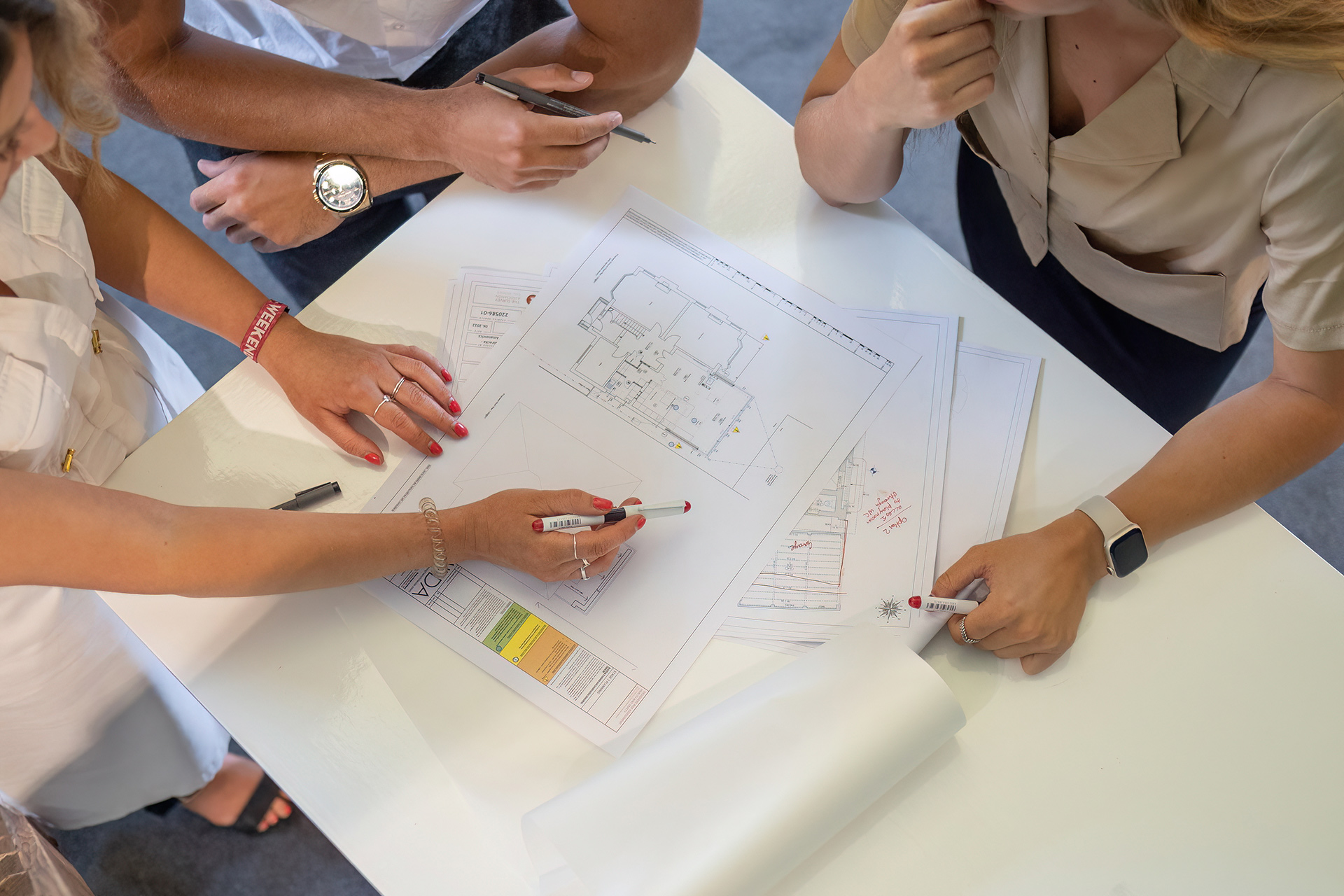
Western Design Architects offers a full range of RIBA architectural services and can take your project from inception to completion on site.
You and your project are really important to us and we will support you through the design and construction process. Every project has different demands depending on the size and type of project and the specific requirements of a client, so we tailor our services to suit your needs.
We can take on your project at any stage, allowing you to choose the level of input you require from us. Whatever our involvement, our enthusiasm for your project will be of the highest level and we encourage you to get involved at every stage.
Our services and appointment are based on the RIBA Plan of Works. This document is a template for guiding the designing and construction of projects and explains the services and outcomes of each of the key stages.
The RIBA identify 8 stages which cover the whole process:
STAGE 0 – Strategic Definition
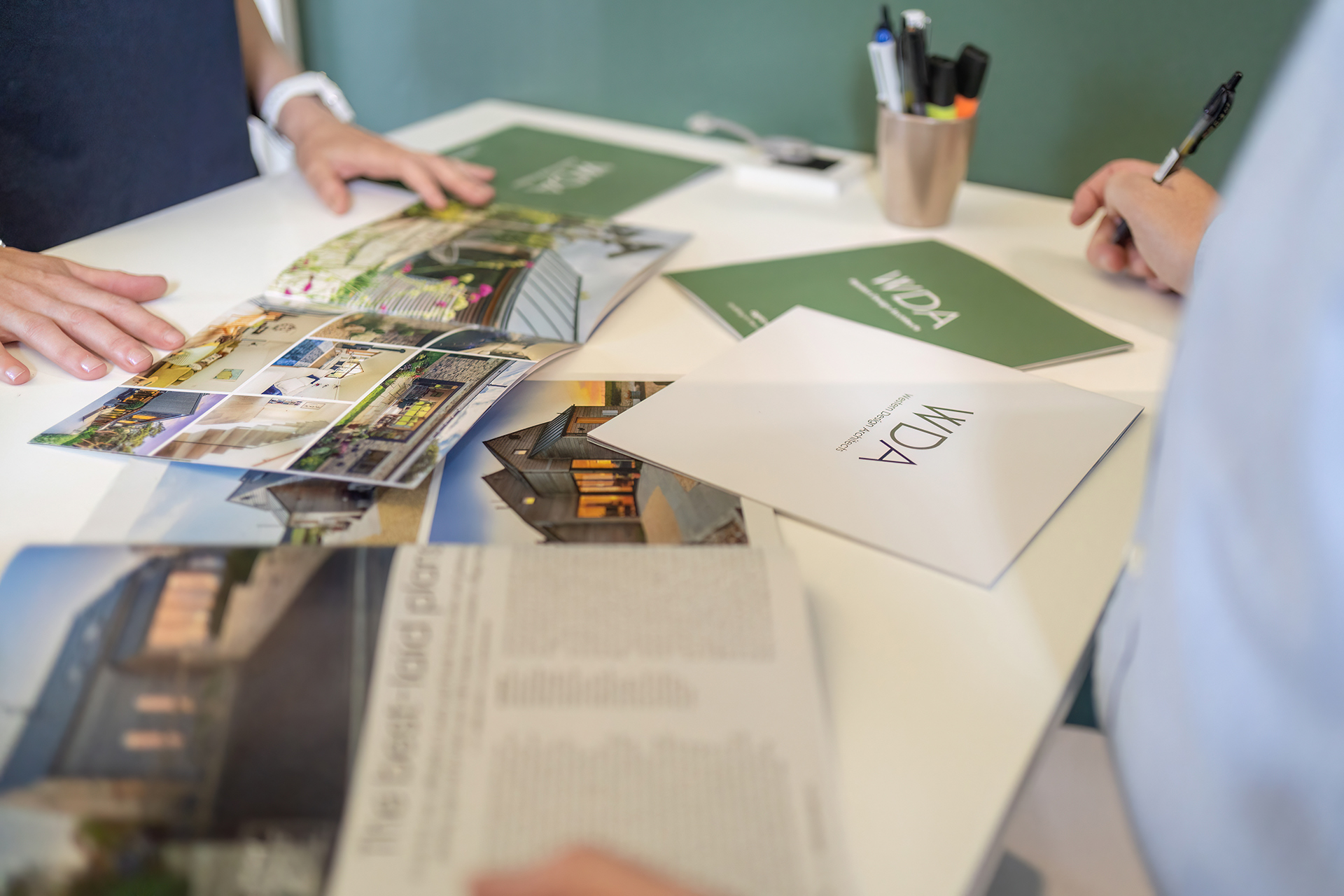
This initial step in the process is frequently pre-appointment of an Architect and involves establishing the outline of the proposed project, confirmation of budget and setting out your ambitions.
Some clients may have already compiled an outline or detailed briefing document, defining a business case for a given project but we will review all relevant information provided by you to confirm your strategic brief.
A meeting on site is often useful to not only inform the production of a brief but to inform you of the best way forward. Depending on the nature of the project, some initial advice may also be given based on our existing knowledge of locality, planning policy or budget limitations.
As Conservation Architects, we also have the inhouse expertise to provide advice on projects located within or near Conservation Areas or involving Listed Buildings.
At this stage we would also demonstrate our expertise and experience of working on similar schemes and use our website and other material to provide feedback from previous projects. Discussions will also include reference to energy sustainability goals and if a commercial building, whether there is a requirement to meet BREEAM accreditation.
It is also important to set out approximate timeframes as you may have critical milestones to meet or phases to comply with funding requirements.
STAGE 1 – Preparation and Briefing
If not already carried out, we will typically visit the site and carry out an initial appraisal with you. The aim at the end of this stage is to assist you in developing the project brief which will include spatial requirements, quality aspirations as well as sustainability and project outcomes. This will all be accompanied with a detailed fee proposal within one of our Domestic or Standard appointment documents.
The briefing process may also address some initial thoughts on design, programme and key timelines with basic information on construction costs.
Depending on the project, early Pre Application discussions with local planning authorities, the Environment Agency, highways department or other statutory bodies may prove useful where addressing a particular concern about a site is fundamental to delivery of a scheme. This may require production of some early feasibility studies for the project.
We will also provide advice on the appointment of other consultants you will need throughout the project and appropriate to each key stage and arrange surveys or other investigations that we identify as reasonably required.
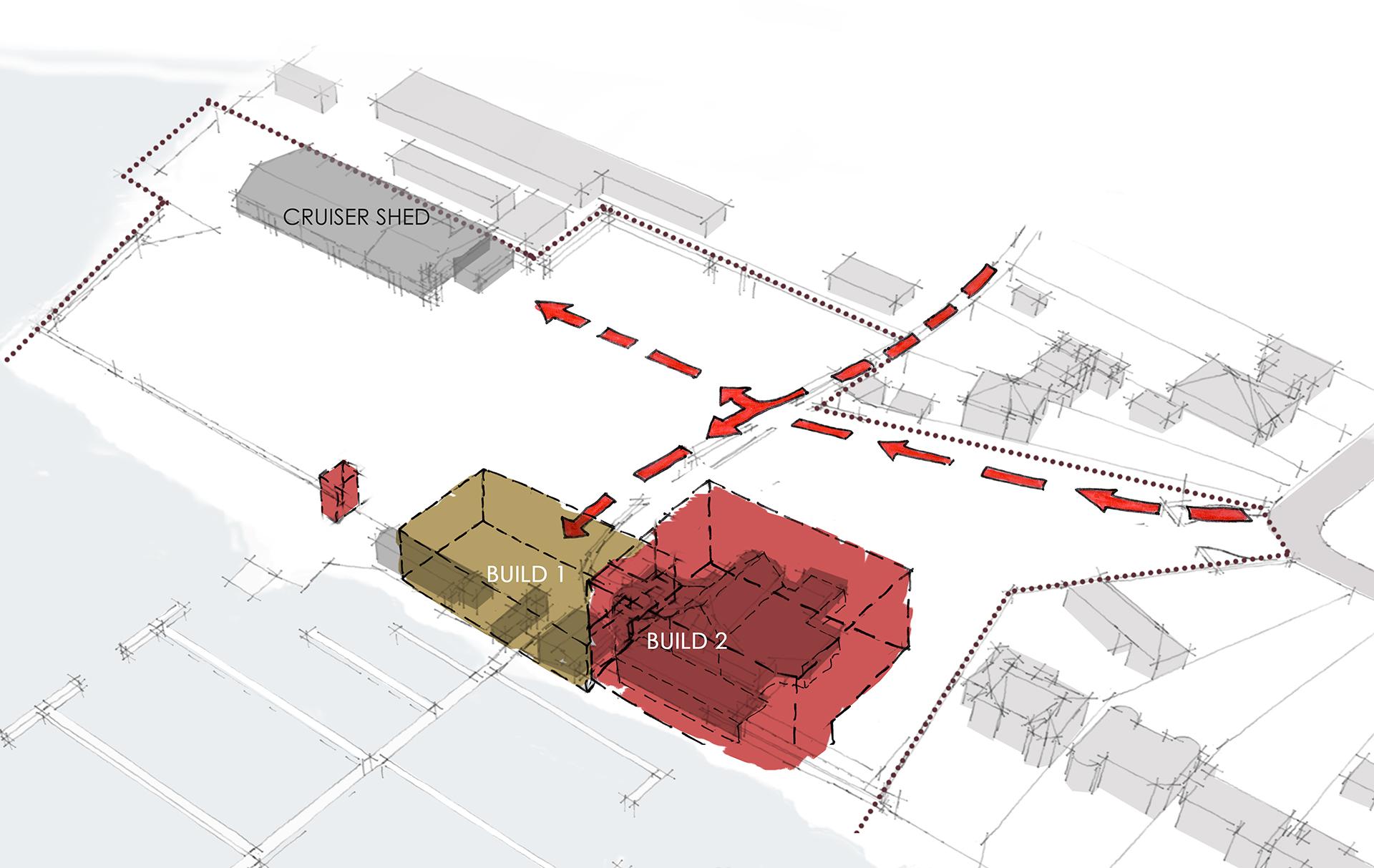
Getting started…
Give us a call or email to discuss your project, we can then arrange for a free, no obligation meeting.
There are lots of things to consider when designing your new home. To help you (and us) form a clear concept and vision please print and complete this client briefing form and bring along to your initial meeting.
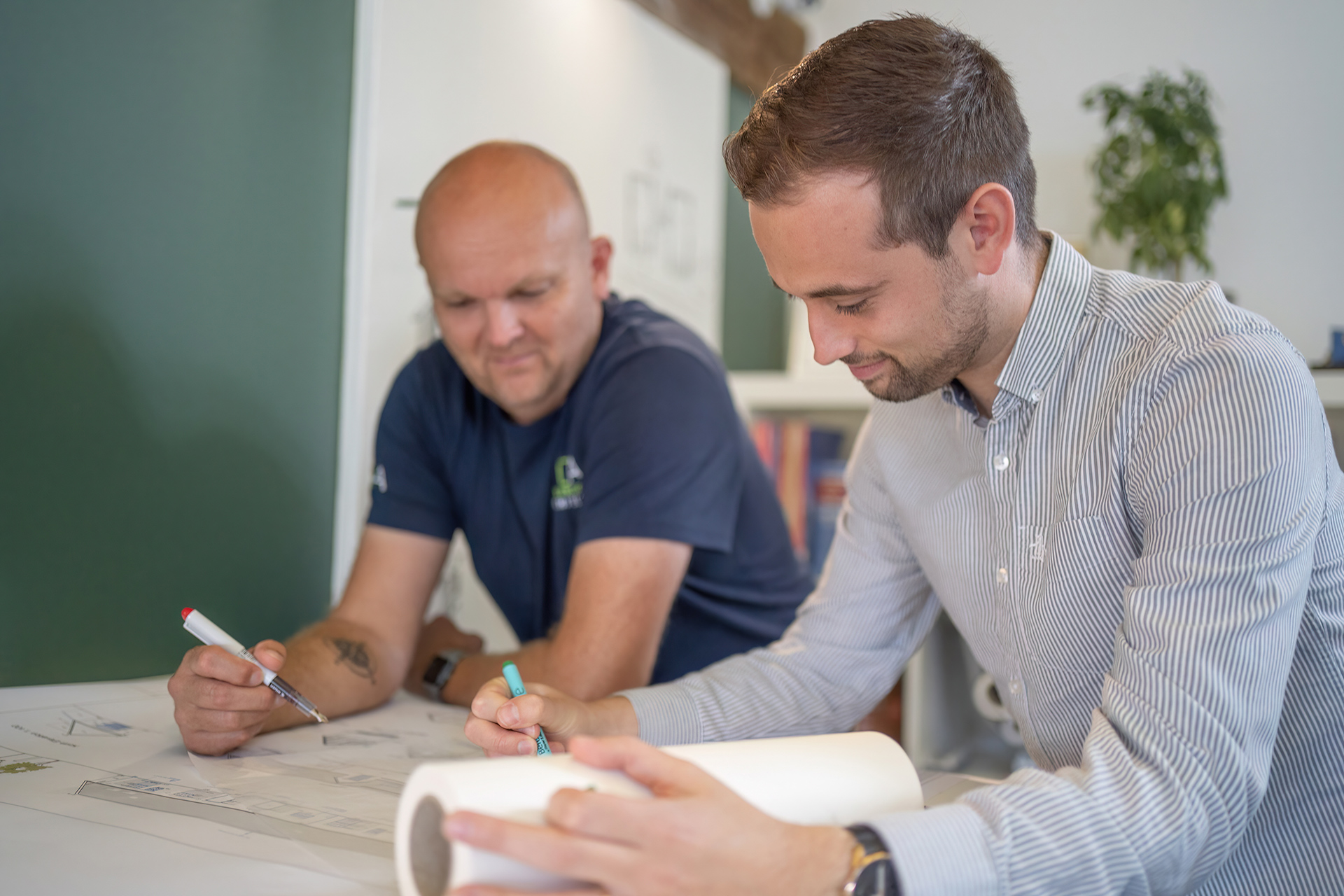
STAGE 2 – Concept Design
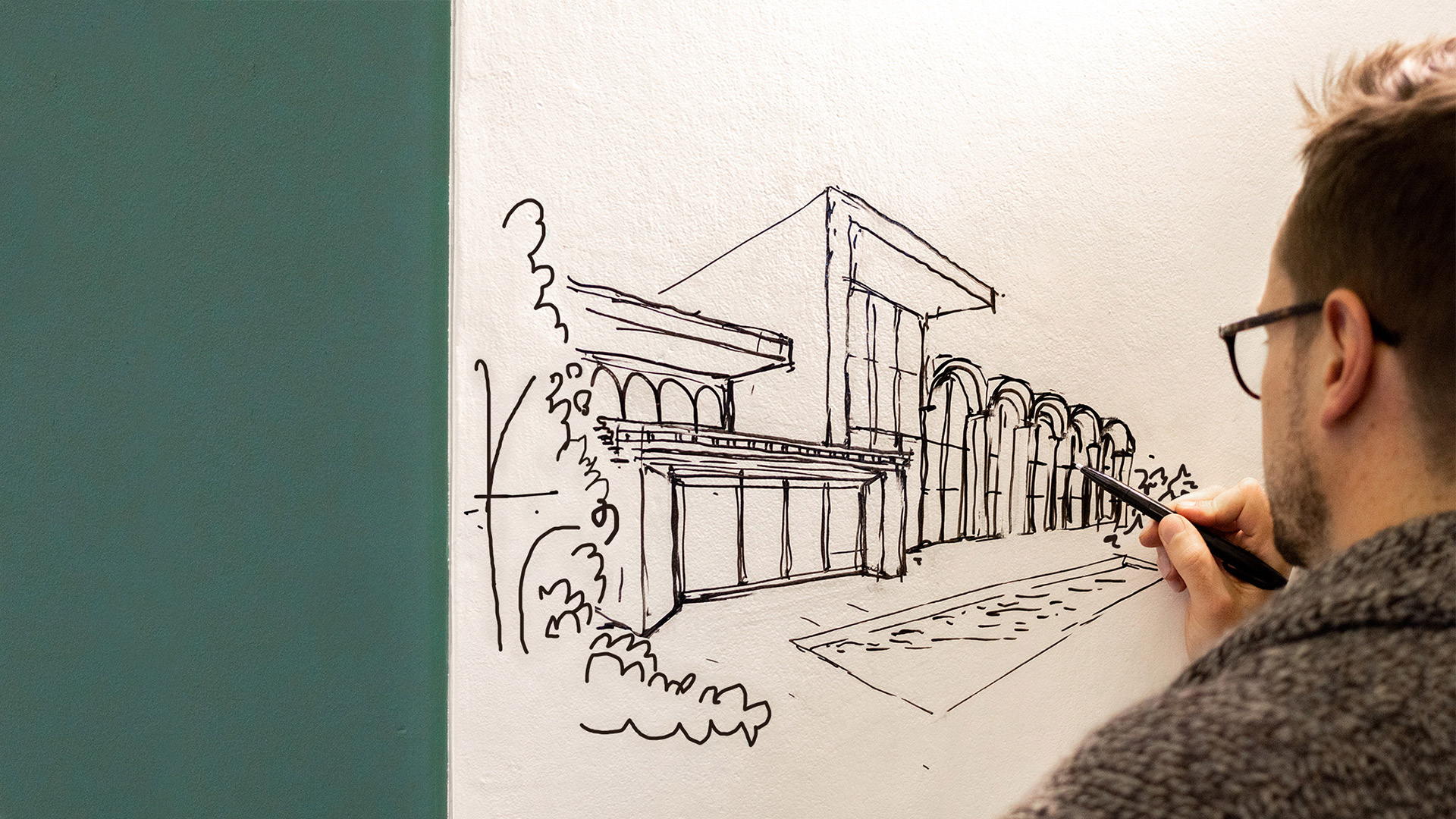
This is where the design work commences. Following analysis of a site or building and an assessment of its constraints and opportunities, we produce initial feasibility studies and sketch schemes based on the agreed brief.
These initial concept designs are discussed and refined with you to ensure we are providing the best solution in terms of meeting the requirements of your brief, maximising the potential of the site and opportunities and depending on the client, providing the best return on investment or profit.
During the design process it’s understandable that sometimes the brief will change and we will work with you to help refine your ideas and shape them as the brief develops.
Concept designs will also consider strategic engineering works required and coordination of relevant information received from other client appointed consultants as part of the design team.
When considering cost control as the project progresses, some projects will demand the appointment of cost consultants and information from the design team will be collated and issued to those providing these services.
We will also provide architectural design information and identify the reasonably foreseeable residual health and safety risks under the CDM Regulations 2015.
As part of our longstanding relationships with developers, house builders, education and local authorities we often present early concept designs to key stakeholders or we might arrange and attend public consultations in advance of submitting formal planning applications, each of which may inform the project proposal.
Towards the end of this stage, it may be appropriate to obtain formal Pre Application advice from the Local Planning Authority and in some cases, submit an Outline Planning Application.
STAGE 3 – Spatial Coordination (Planning)
By now, a preferred design proposal has been identified and together we develop, refine and test the scheme, ultimately with a view to submitting a planning application.
Potentially working with the other members of the design team such as Surveyors, Ecologists, Arboriculturalists, Highways Engineers, Structural Engineers, M&E Consultants or other specialists, we will coordinate this information which may well be used to inform the design.
In advance of submitting a formal planning application, we may recommend you submit a Pre Application to the local planning authority. This is an optional service and gives the opportunity to receive advice from a council on relevant planning policies, officer feedback on design proposals, all of which should increase the chance of success with a subsequent planning application.
Much of our design work is carried out using 3D computer software which helps clients, planners and the public understand a scheme. From these 3D models we produce our visuals or CGI work, including animations, in house.
We will also work closely with you to review the project programme where applicable, and provide information to enable cost estimates and budgets, be that prepared by a Quantity Surveyor or perhaps a contractor.
In addition to preparing the application drawings, we also typically write Design & Access Statements, Planning Statements and Heritage Statements for the majority of planning applications and listed building consent applications. Once submitted, we can continue to monitor an application through the determination period, addressing queries should they arise.

What next? Your project is in the planning system awaiting a decision, you are happy with the design…. so what happens next?
Download our What Next information guide to find out!
STAGE 4 – Technical Design
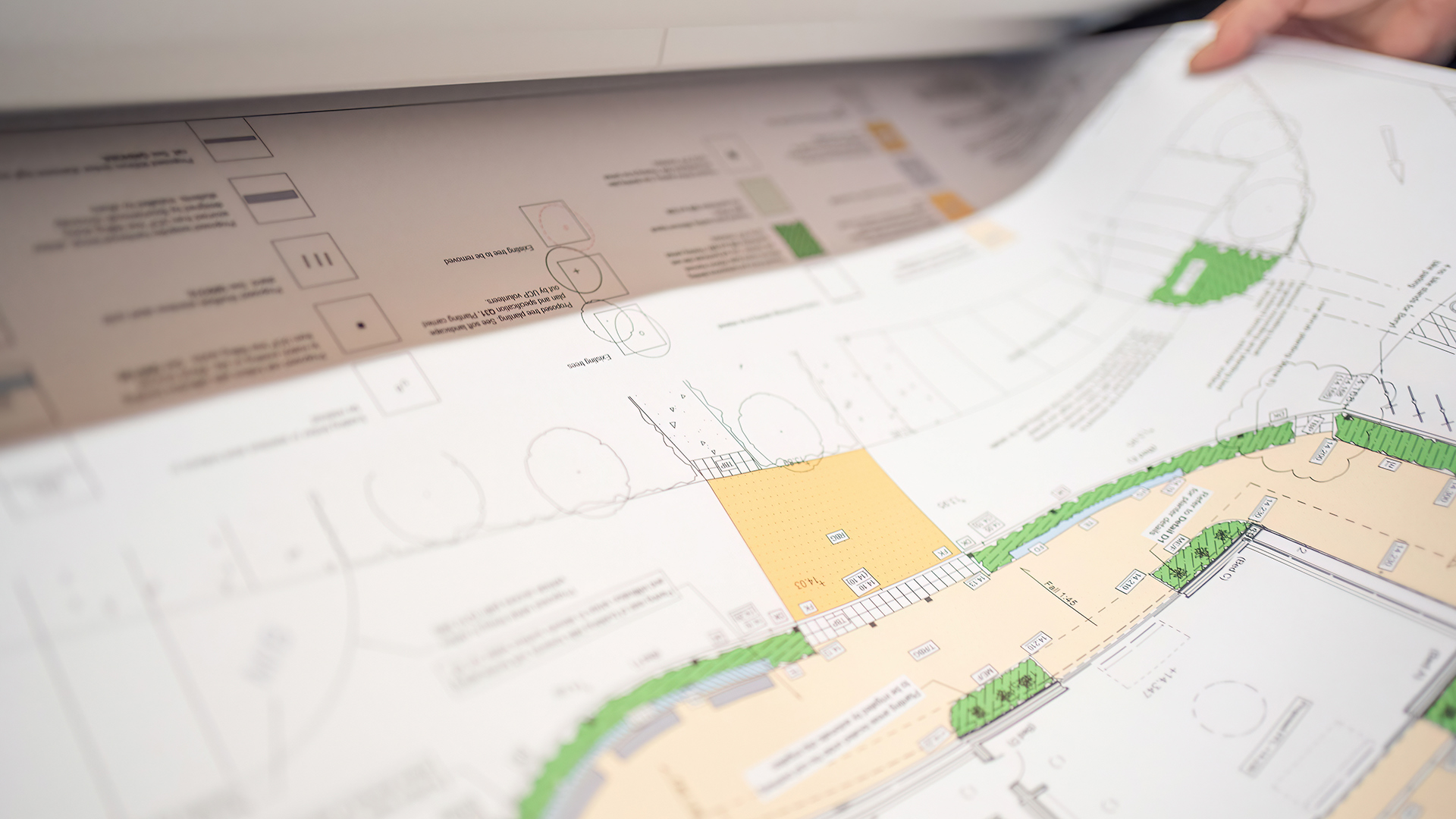
We breakdown this stage into 4 bitesize subsections, 4A Planning Conditions, 4B Building Regulations, 4C Construction Information and 4D Tender.
A planning permission may often be accompanied by a series of Planning Conditions, some of which require further information to be submitted and approved by the local authority. Once we are in receipt of an approval, we will advise clients on the appropriate information for the council to discharge the relevant planning condition.
Work on preparing information to satisfy the Building Regulations typically starts after the granting of a planning approval. However, for some projects where there is a tight programme, we may twin track Planning drawings and Building Regulation drawings concurrently. We layer additional detailed information onto the basic planning drawings in sufficient detail to allow submission of the Building Regulations application. This will always include providing additional drawings and information such as Structural Engineer calculations, Energy Performance calculations.
Once complete, the information is submitted to either a Local Authority Building Control inspector or an Independent Approved Inspector for approval.
The Construction Information layers additional detail and information over and above that required for Building Regulations in such a way that there is sufficient detail to enable a tender or tenders to be obtained.
An architectural specification, Schedule of Works or NBS Specification is also produced which details almost all the information required to build a project. This will identify floor and wall finishes, paint colours, external landscaping and lighting layouts.
We will also provide architectural design information to identify the reasonably foreseeable residual health and safety risks under the CDM Regulations 2015.
.
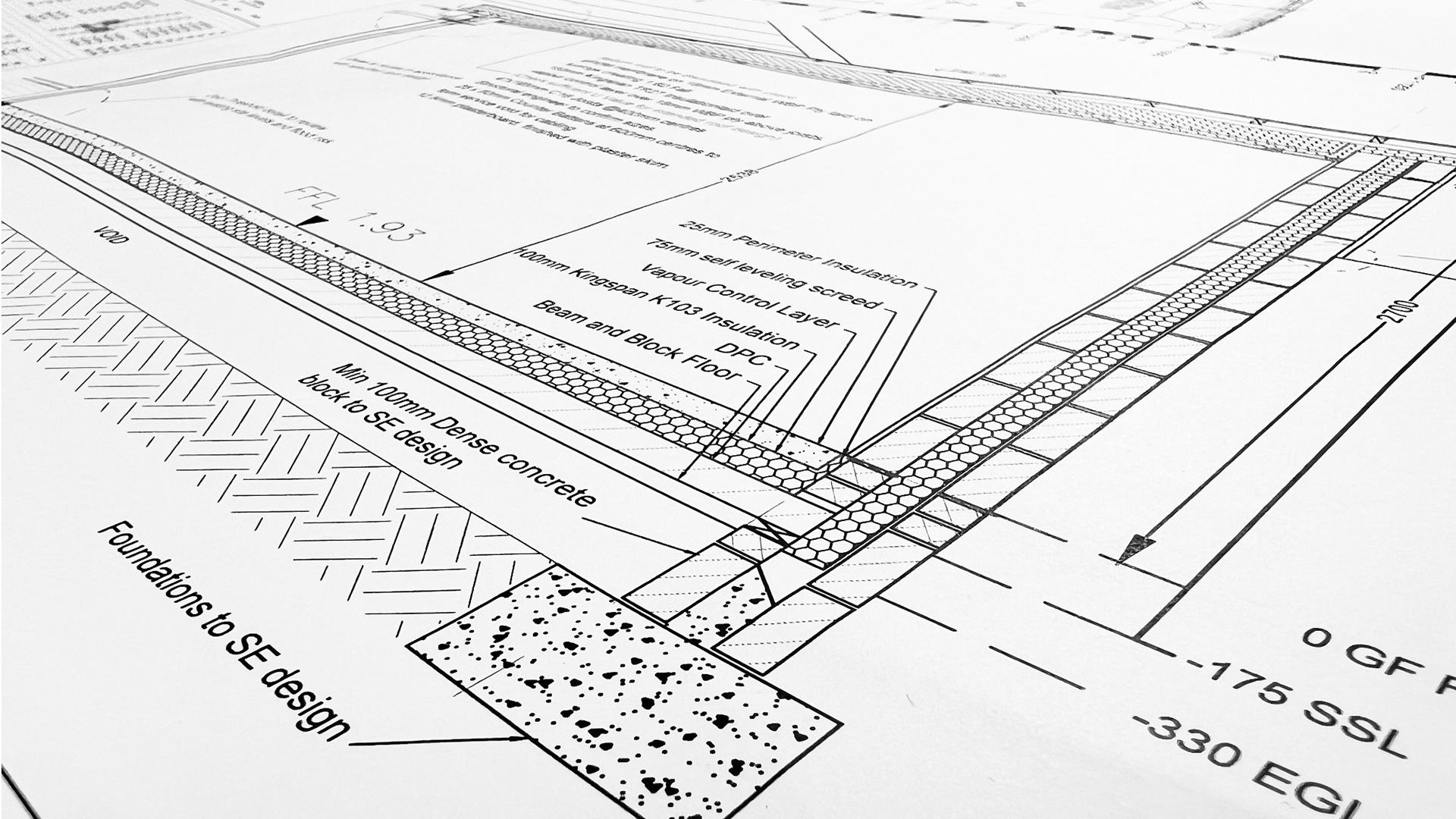
Stage 4D Tender Action is when we advise clients on potential contractors to be invited to tender for the construction works. This action may also be taken much earlier in the design process to gauge contractors interest and availability for any given project.
Advice will also be provided on which form of Contract to be used, its conditions and responsibilities for both the client and contractor. If a Quantity Surveyor or Employers Agent is not appointed, we will collate other consultants’ tender information and issue the tender pack with the client’s approval to the contractors.
In our experience we find there are commonly two basic procurement routes. The Traditional route invites a panel of selected contractors to submit competitive tenders.
The Negotiated route is where we work closely with one particular contractor due to their experience or quality of built projects and work closely with them on an open book basis. We can assist in tenderer interviews with various contractors.
Depending on the scale of the project and design team, following an appraisal process and when a contractor is selected, we will often complete the contract and arrange for it to be signed.
During a tender process, it might be necessary to revise construction information to match adjustments in the tender sum or work through a process of value engineering before making a start on site.
STAGE 5 – Manufacturing & Construction
With a contractor appointed, works commence on site and we provide architectural information to the Contractor and other Client Appointments to enable them to carry out their services.
Depending on the scale of the project and the design team employed, we typically organise, chair and record meetings on an monthly basis, tracking progress against a programme and costs against the agreed contract sum. We carry out visual site inspections of the construction works with respect to general compliance with the Building Contract and certify interim payments from the contractor. On larger more complex projects, a Quantity Surveyor may take on this role.
During the majority of projects, changes will occur and we will advise you regarding the effect that any variation or change proposed by the Client or Contractor will have on the Construction Cost and Project Programme. We will also issue Architects Instructions as required throughout the contract to cover any variations.
When nearing completion of the works on site, we will request manufacturer’s maintenance instructions or leaflets from the Contractor and provide to the Client for inclusion in files and for training purposes.
On reaching Practical Completion, a certificate will be issued to all parties confirming either Partial Possession or full handover of the building to the client.
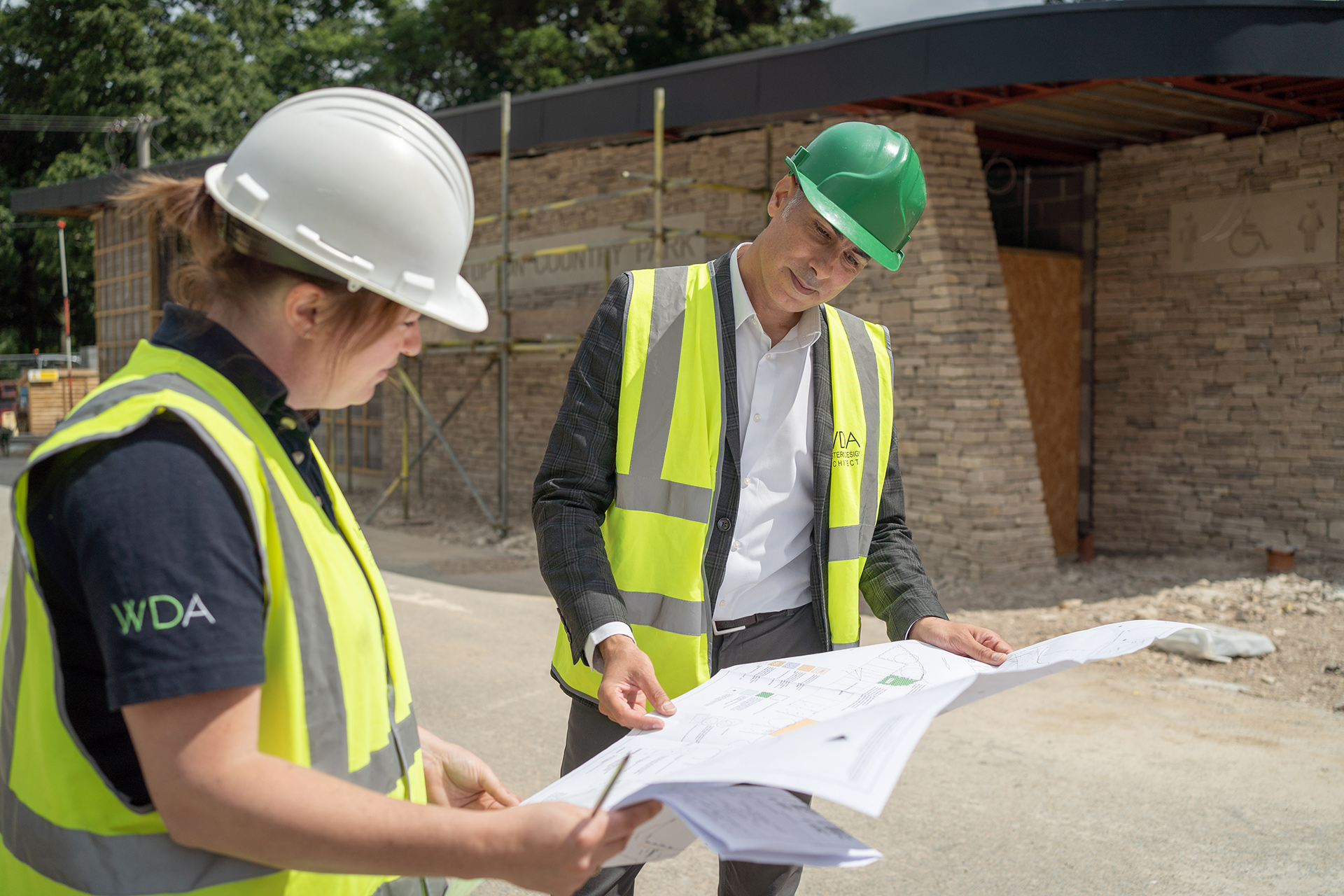
STAGE 6 – Handover
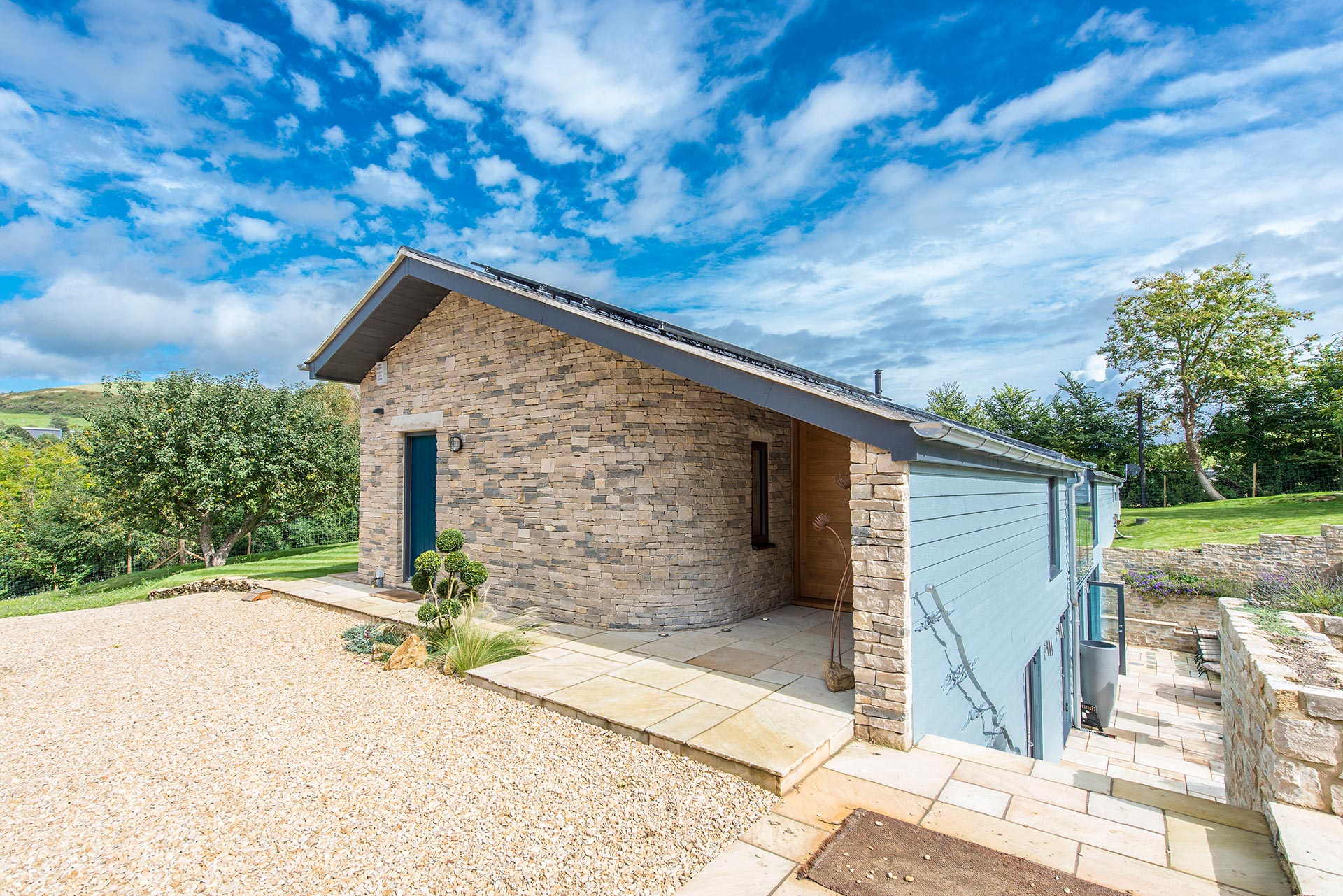
Working towards the Handover of a project, this stage requires the carrying out of final visual inspections and tasks associated with the resolution of any outstanding defects.
Depending on the nature of the building, some projects will require more formal handover processes to take place along with commissioning and staff training on services and equipment.
After the building has been handed over, the defects liability period commences with the issuing of a practical completion certificate at the end of construction works on site and typically lasts either six or twelve months.
During this period, the client takes occupancy of the building and defects are deemed rectified when a Final Certificate is released.
During this stage, building manuals and any aftercare documentation will also be finalised and handed to the client.
STAGE 7 – In Use
This stage covers post occupancy evaluation and assessments on how well a building has performed in terms of energy consumption and operational running costs. In our experience, on most projects there is no involvement for the design or contractor teams at this stage.
Any involvement at this stage is typically for projects needing BREEAM Post Occupancy Evaluations and providing feedback throughout a building’s life cycle.
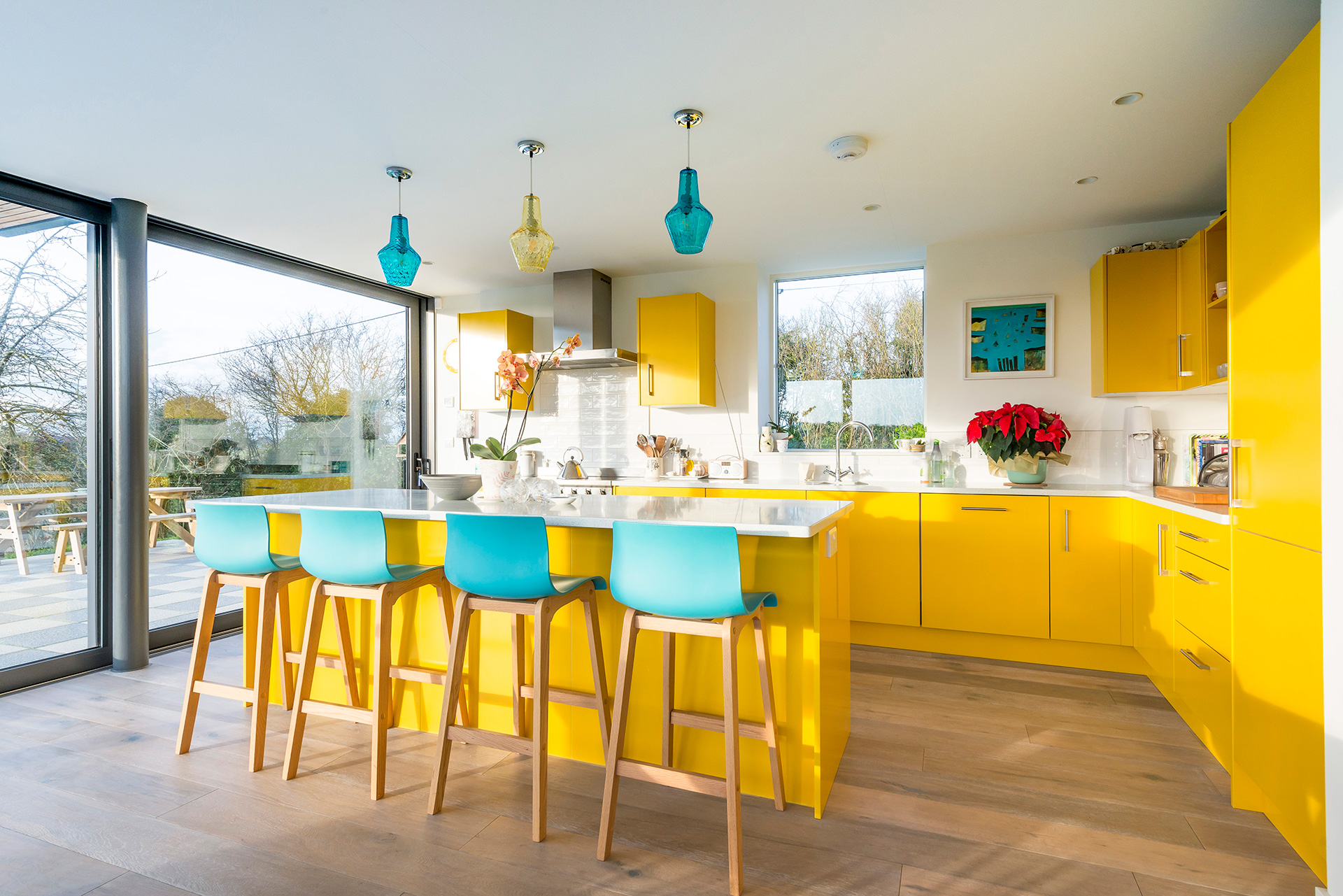
Next Steps…
Give us a call or email to discuss your project, we can then arrange for a free, no obligation meeting.
There are lots of things to consider when designing your new home. To help you (and us) form a clear concept and vision please print and complete this client briefing form and bring along to your initial meeting.
